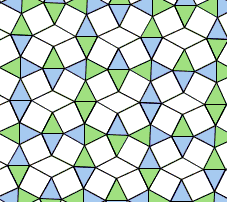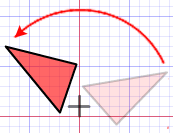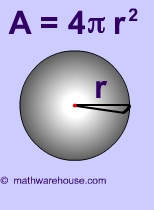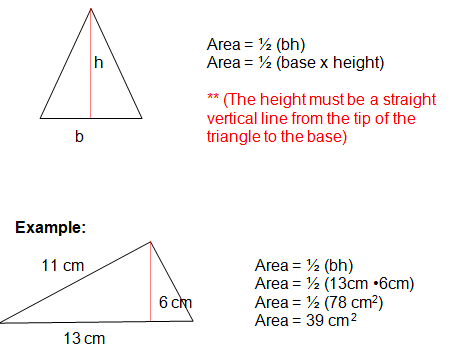Area- measured using square units. The area of a region is the number of nonoverlapping square units that cover the region. A square foot has 1 foot on each side, denoted as 1 ft squared.
I.
Area on Geoboard
Addition Method- finding the sum of the smaller areas
Rectangle Method- construct a rectangle around the shape then subtract the shaded part
II.
Converting Units of Area
III.
Area of Rectangle
Area = length x width
IV.
Area of a Parallelogram
Area = base x height
V.
Area of a Triangle
Area = 1/2 x b x h or (b x h)/2
VI.
Area of Trapezoid
Area = 1/2 x (base1 + base2) x height
VII.
Area of Circle
Just for fun here is a very awesome way to remember to remember the formulas for the area of a circle and the circumference!
Cheery
Pie
Delicious
C = pi x diameter
Apple
Pies
Are
Too























